Designed in collaboration with the European Space Agency, the model forms part of the Lunar Habitat Master Plan, setting the way for growing space exploring communities to thrive on the moon
Design practice Hassell’s 3D-printed lunar habitat model will be included in the Royal Academy of Arts’ 256th Summer Exhibition, the capital’s annual celebration of contemporary art and architecture.
Coordinated by British sculptor Ann Christopher, this year’s exhibition will explore the idea of making space, interpreted by Hassell as pushing the boundaries of design in extreme environments.
The Architecture room, curated by Assemble, will display a working prototype for the Lunar Habitat Master Plan – a modular system designed by Hassell with the European Space Agency to support the development of the world’s first lunar habitat.
The prototype imagines part of the scalable settlement that could sustainably accommodate a population of 144 people while enduring the challenges of extreme environments. Shaped by loosely connected hexapod-shaped components made from 3D-printed sand and interlocked, it offers a different approach to the monolithic structures previously proposed for lunar settlement. According to the practice, the design allows for greater flexibility when assembling this protective shell, which shields the habitat from radiation.
The model has been 3D-printed with sand – this technique replicated how the pieces would be created in situ. On the moon, the components would be manufactured directly from the surface using lunar soil and then 3D printed on site, providing the means for sustainable construction growth. The project was inspired by wave-dissipating structures used on earth to prevent coastal erosion.
Hassell worked with anthropologists, psychologists, roboticists and astronauts to consider the elements that make a habitat liveable and how to create a prosperous permanent community for almost 150 people in reduced gravity. The habitat – which would feature recreational, active and enriching earth-based environments – would support the critical work of space agencies, companies and tourists.
Xavier De Kestelier, global head of design and innovation at Hassell, said: “The Moon is an extremely hostile place to live. With no atmosphere, humans need novel infrastructure to access water and oxygen while subjected to high degrees of radiation. We need to start planning for how larger communities can not just survive but also thrive and live on the moon. Ensuring that the proposed habitat is adaptable to change was integral, as was accommodating various types of lunar settlements in the future. By providing both the 3D-printing technology that can be used on moon and lunar soil as its primary material, we also set the way forward for the habitat’s sustainable growth for decades to come.”
Hassell created the Lunar Habitat Master Plan model with Format Engineers, Sandhelden, Voxeljet, and the University of Toronto. The Summer Exhibition 2024 at the Royal Academy of Arts will open to the public on 18 June.












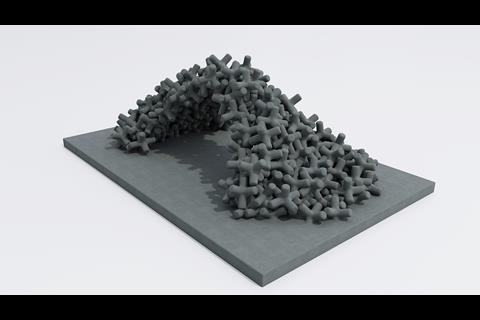
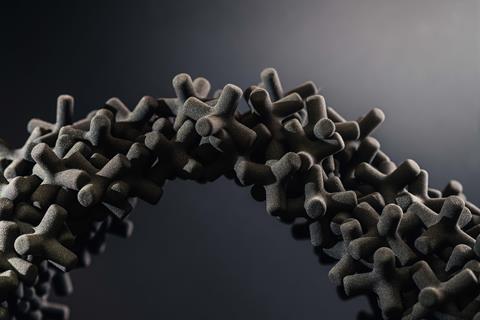
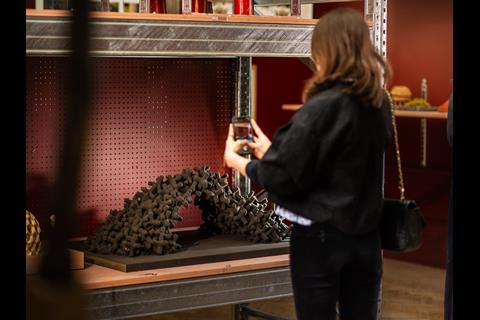

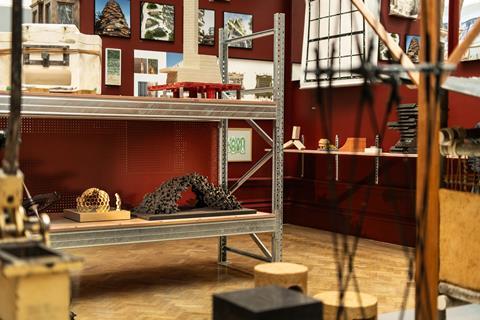
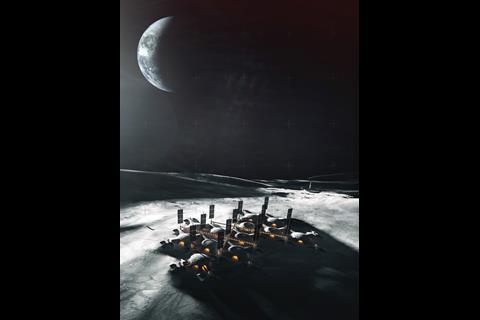
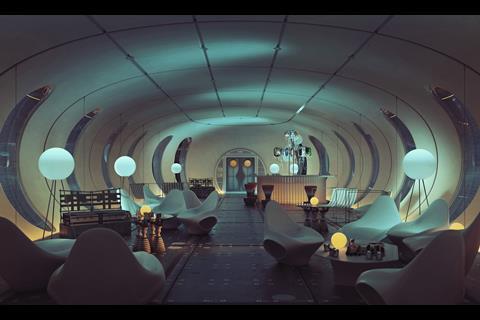
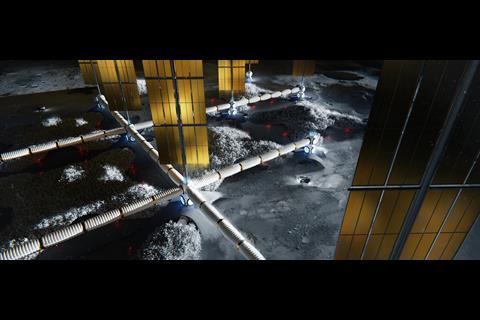
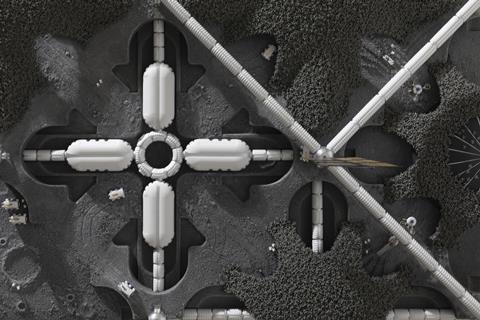
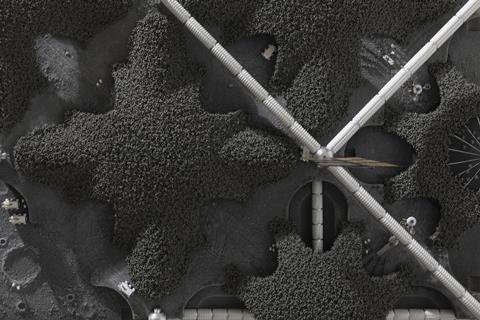






No comments yet